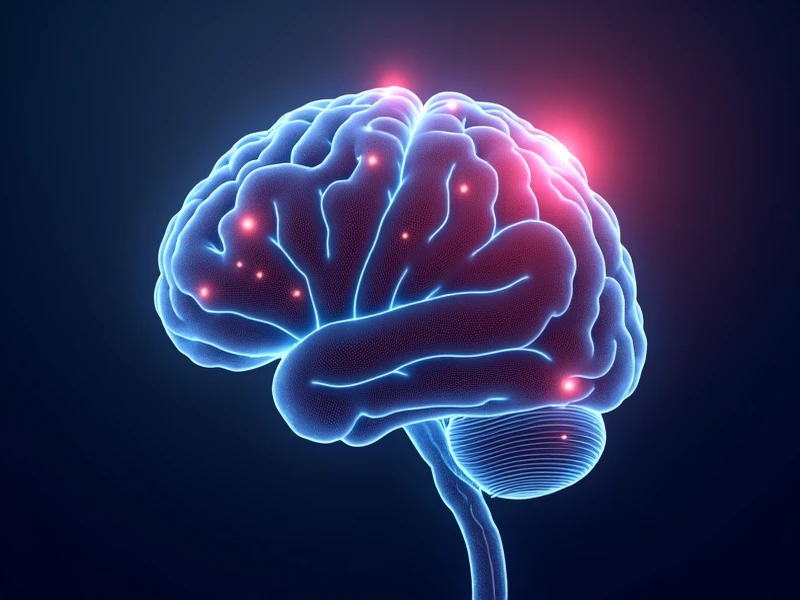Light On Anxiety CBT Treatment Center: Finding Relief

When facing anxiety and obsessive-compulsive disorder (OCD), the right support can make all the difference. The Light On Anxiety CBT Treatment Center and other specialized facilities, like the Harbor Light Center, offer hope and effective solutions that are rooted in evidence-based practices. With tailored cognitive behavioral therapy (CBT) approaches, these centers empower individuals to navigate their mental health journeys with confidence.
Understanding Anxiety and the Need for Treatment
Prevalence of Anxiety Disorders and Their Impact
Anxiety disorders are among the most common mental health conditions globally, impacting over 280 million people by 2025. These disorders extend beyond occasional feelings of worry or stress: they can interfere with everyday activities, disrupt relationships, and impair physical health. From social anxiety to generalized anxiety disorder (GAD) and OCD, untreated anxiety creates a ripple effect on nearly every aspect of life.
The good news is that anxiety is highly treatable. Cognitive behavioral therapy (CBT) stands out among the most effective strategies, helping individuals pinpoint and challenge negative thought patterns while adopting healthier ways to respond to anxiety triggers.

The Role of a CBT Center for Anxiety and OCD
Specialized treatment centers like the CBT Center for Anxiety and OCD provide structured programs to address these challenges effectively. Unlike generalized therapy approaches, these centers focus specifically on evidence-based solutions for anxiety and OCD. Therapy techniques such as exposure therapy, mindfulness, and cognitive restructuring are integral to helping individuals manage symptoms and regain control of their lives.
For those searching for life-changing interventions, visiting a center that specializes in CBT techniques—like the Light On Anxiety Treatment Center—is a crucial step toward recovery.
Harbor Light Center: A Beacon of Hope for Anxiety Sufferers
A pioneer in the field of mental health, the Harbor Light Center is an excellent example of a treatment facility dedicated to addressing anxiety and OCD.
Overview of Harbor Light Center’s Approach
The Harbor Light Center prioritizes a holistic approach to mental wellness. Its experienced therapists understand that anxiety affects not only the mind but also the body and emotions. By combining cognitive behavioral therapy with mindfulness practices and stress management techniques, they target anxiety from all angles.
Specialized Programs for Anxiety and OCD
What sets the Harbor Light Center apart is its tailored programming. For those managing OCD, exposure and response prevention (ERP) therapy is employed to help clients confront their fears without resorting to compulsive behaviors. For individuals with generalized or social anxiety, strategies like cognitive restructuring and relaxation techniques are used to address unhelpful thought patterns and soothe the nervous system.
Benefits of Choosing Harbor Light Center
What draws many to the Harbor Light Center is its welcoming and compassionate environment. The therapists’ expertise, combined with personalized care plans, creates a space where individuals can heal. Additional benefits include:
- A structured approach to tackling anxiety and OCD symptoms.
- Access to support groups that foster community and understanding.
- Guidance on integrating wellness practices into everyday life.
Much like books on anxiety management available here, the Harbor Light Center emphasizes both education and action to support clients.
CBT Center for Anxiety and OCD: A Comprehensive Approach
What is Cognitive Behavioral Therapy (CBT)?
Cognitive behavioral therapy (CBT) is a short-term, goal-oriented therapy that focuses on the connection between thoughts, emotions, and behaviors. It examines how distorted thinking patterns contribute to feelings of anxiety and takes steps to reframe those thoughts into more realistic, constructive ideas.
How CBT Addresses Anxiety and OCD Symptoms
For anxiety disorders, CBT introduces strategies such as thought monitoring, where individuals actively observe and categorize their anxious thoughts. Techniques like deep breathing, progressive muscle relaxation, and cognitive restructuring work together to alleviate physical and mental symptoms.
For OCD, CBT targets compulsive behaviors head-on, offering tools to reduce obsessions and compulsions systematically. Exposure therapy, a key CBT practice, gradually helps clients face their fears in safe and controlled environments.
By addressing the root causes of anxiety, CBT equips individuals to manage symptoms effectively and fosters resilience for long-term emotional health.
Light On Anxiety Treatment Center: Services Offered

The Light On Anxiety CBT Treatment Center is renowned for its targeted services and dedication to client care. Here’s an overview of the therapeutic tools available:
Individual Therapy Sessions
For individualized attention, clients can opt for one-on-one CBT sessions with licensed therapists. Sessions focus on identifying personal triggers, setting goals, and tailoring interventions to unique challenges. Topics can range from social anxiety to workplace stress, ensuring comprehensive coverage.
Group Therapy and Support Groups
Group settings offer a unique advantage: the chance to connect with others who share similar challenges. These sessions provide an environment of encouragement and collective growth while introducing group-based mindfulness and stress management techniques.
Exposure Therapy for Phobias and OCD
When it comes to exposure therapy—a hallmark of CBT—the center has delivered life-changing results. Clients are guided through carefully structured exercises to confront and gradually desensitize themselves to their fears. Over time, this technique reduces the intensity of distress associated with certain thoughts, situations, or objects.
By offering these diverse options, the Light On Anxiety Treatment Center ensures that every client receives the support they need to succeed.
Choosing the Right Light On Anxiety Treatment Center
Selecting the right CBT treatment center is a pivotal step for individuals seeking meaningful and lasting relief from anxiety.
Factors to Consider When Selecting a CBT Center
When evaluating facilities like the Light On Anxiety Treatment Center, consider the following:
- Credentials and Experience of Therapists: Licensed professionals with experience in treating anxiety and OCD ensure safe and effective care.
- Treatment Approaches and Specializations: Choose a center that emphasizes evidence-based therapies such as CBT and ERP.
- Insurance Coverage and Payment Options: A reliable center is transparent about fees and works with clients to create accessible payment plans.
Long-Term Strategies for Managing Anxiety After Treatment
After treatment concludes, it’s critical to maintain progress through healthy habits and routines. Here are a few long-term strategies:
1. Continuing CBT Techniques: Journal, challenge negative thoughts, and apply the skills learned during therapy to new challenges. 2. Mindfulness and Relaxation Practices: Incorporate breathing exercises, meditation, and yoga into daily routines. 3. Building a Support System: Lean on family, friends, or a support group to foster accountability and encouragement.
Managing anxiety is an ongoing process, but with the right tools and network, recovery is entirely achievable.
Takeaways
Taking steps to address and treat anxiety is empowering. Whether visiting the Harbor Light Center or benefiting from services at the Light On Anxiety CBT Treatment Center, individuals can find relief through scientifically backed therapies tailored to their needs.
Here are a few actionable steps:
- Research qualified CBT centers in your area.
- Educate yourself with resources like books on anxiety management here.
- Begin with small mindfulness practices to build daily habits that combat anxiety.

Q&A Section
Q: How long does CBT typically take to work for anxiety and OCD? A: Cognitive behavioral therapy can start delivering noticeable improvements in anxiety or OCD symptoms within 8 to 12 sessions. However, the duration of treatment varies depending on the individual and the severity of their symptoms. Consistent participation and dedication to the techniques introduced in therapy significantly impact progress.




